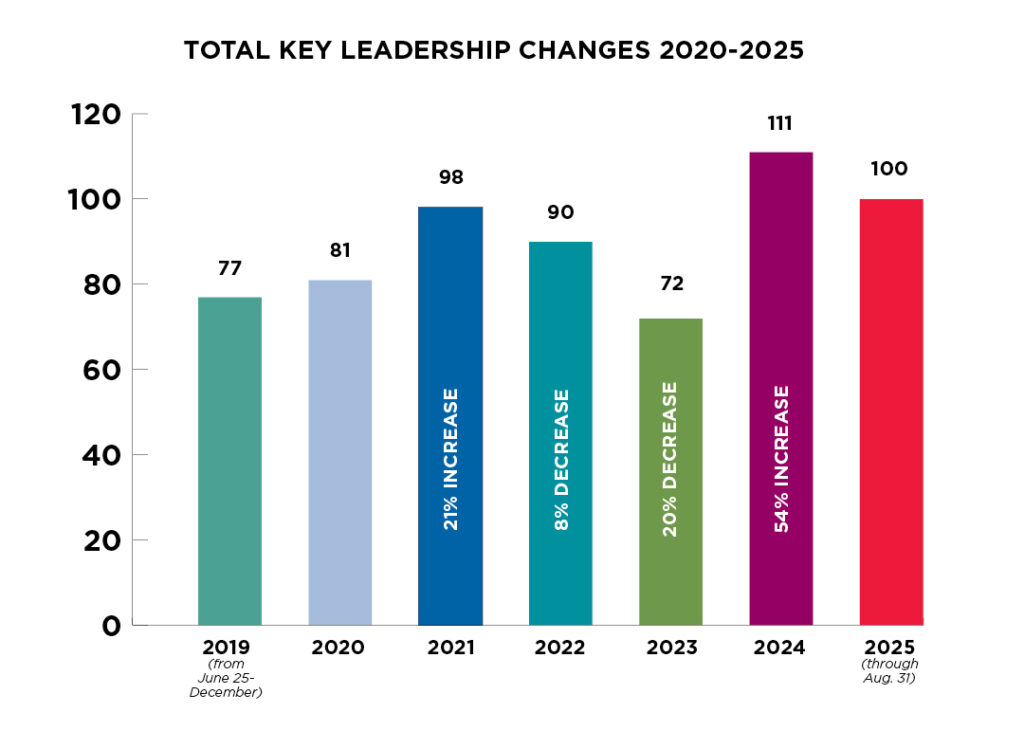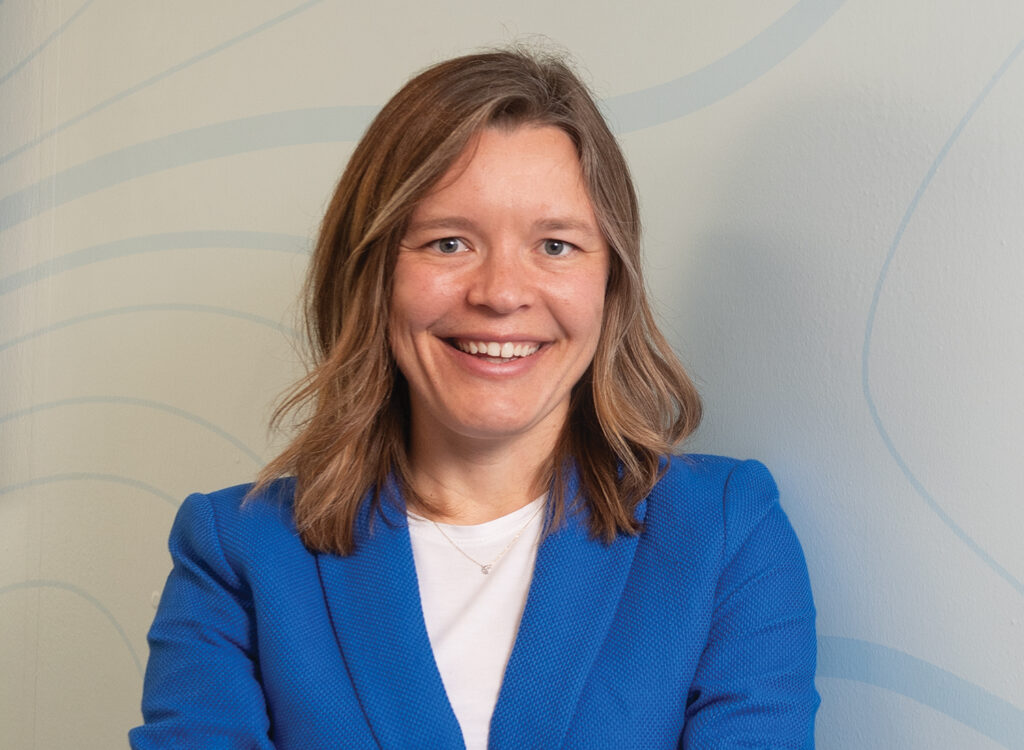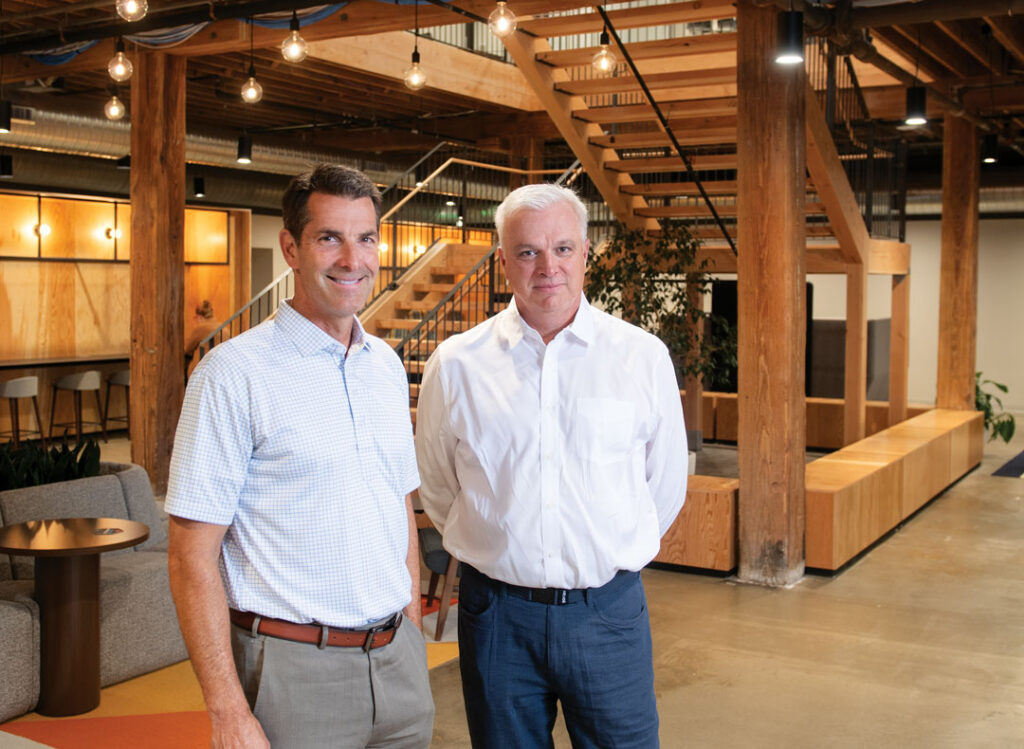A Closer Look: Julia Lawler
Executive vice president and chief risk officer, Principal Financial Group Inc.

Julia Lawler was named Principal Financial Group’s chief risk officer on Jan. 1; she succeeded Greg Elming, who retired from that position as of March 31. In mid-September, she was promoted to executive vice president as part of a leadership restructuring of Principal’s global asset management businesses. Lawler, who has worked for 34 years at Principal, was most recently senior executive director of Principal Portfolio Strategies. She spent her early career at Principal in the real estate investment area. A highlight of her career was working directly with former CEO Dave Drury to launch Principal’s capital markets department. As chief risk officer, she focuses on managing both financial and operational risks that Principal encounters, particularly as the company embarks on new initiatives.
Were you originally attracted to insurance as a career?
No, actually when I graduated with a finance degree, I was really interested in investments — fixed income — and I was sure that was what I really wanted to do. I graduated during the last financial crisis in 1982, so finding a job was tough. I ended up with what was the precursor to Wells Fargo Bank, Norwest, in their rotational training program in Des Moines in the credit/underwriting area. Turns out I didn’t really like doing that.
So what did you do?
Lucky for me, one of the other women who worked at the bank, her husband worked at Principal, so she introduced me to him, and he was in the investments department, specifically in the real estate area. … It was the fastest-growing area and was hiring lots of people, so I took the role and it was the best thing I ever did. I loved the real estate area — it gave me opportunities to grow in lots of different ways.
Is chief risk officer a relatively new role at Principal?
If you go back, insurance companies have always had a risk officer, but they tended to be called chief actuary. They historically focused much more on financial risks. Ellen Lemale was the first enterprise risk officer that we named at Principal, and then Greg Elming held that role after Ellen retired, and he continued to advance the role and broaden it to make sure we were incorporating a lot more operational risk as well as financial risk. … As a large global financial institution, we have always focused on risk; Principal has always been very good at focusing on risk. … What we’re trying to home in on is putting structure on the risks and how we’re measuring those risks and setting some appetite statements about how much risk we’re willing to take.
I’m sure that must be a fine balancing act.
We always say it’s not that we’re trying to avoid risks; we manage risks. That’s what we’re particularly good at, making sure we have that balance where we’re taking enough risks — that’s the business we’re in and what our customers and clients expect us to do quite effectively — and understanding the risks you’re taking and knowing when perhaps you’ve gone too far.
Are technology and cyber risks the biggest category of new risks?
Cyber gets a lot of attention, but I would actually say it’s broader than that. I would say the entire data protection [area] gets the most attention, because we have a lot of very important data on employees and customers. Protecting that data is a very important part of our business.
How dynamic is the risk function and the areas it touches at Principal?
It touches everything, so it’s pretty dynamic. Organizationally, I have direct reports, obviously — people that are focused on either financial or operational risk. Then we have all of our business risk officers, so they’re embedded in the [four main] business units. … We don’t have a huge staff, so really how we manage risks is in our business units. We expect our business unit partners to really be our key risk managers. … As a partner, we’re helping them set up measures and report on them.
Tell me about your added role as an executive vice president.
I was pleasantly surprised, actually [by the promotion]. But anytime you’re asked to take on a greater role, it’s a compliment. I’m still responsible for enterprise risk management, but I’m taking on additional responsibility for global security, business continuity, corporate real estate and aviation. There’s a lot of risk management involved in global security, so there are significant synergies we will be getting. I’m very excited about the broader opportunity; I think it fits in very well with what I’ve been doing.
How has Principal changed for women in your time here?
Certainly, if you looked back at this floor 30 years ago, you wouldn’t see nearly as many women as you see today. So there’s no question that those opportunities have continued to advance. But I look back to when I started, and I would guess the real estate professionals were about 50 percent women and 50 percent men. I just think that’s kind of fascinating — there were no exclusions — they were hiring a lot of really talented people, and they happened to be both men and women, which was one of the things I was pretty excited about when I first joined the real estate area.
What advice do you have for young professionals?
It’s my advice to all young people, including my sons who are now 29 and 26: Don’t get so tunnel-visioned about what you want to do. Get in with a great organization and give yourself an opportunity to learn, because what you thought you were good at or love, it may turn out it’s not.
Did you consider moving to other companies during your career?
I had gotten a lot of calls from headhunters, particularly when I was chief investment officer, because people are looking for that. But no, I never seriously considered any. Had I not had good opportunities here, I might have. But I always had good opportunities here, so very few of those became interesting.
Any new initiatives Principal has coming up that you’re excited about?
Something exciting that Principal is spending a lot of time on is our digital strategies. So [it’s] thinking about how we’re approaching our customers. That’s pretty exciting for the organization, but it brings on a whole new set of “How do we think about the risks with that?” So we have new opportunities to work with our partners on new strategic initiatives, and we’re at the table making sure we can be a partner in that because it’s a whole other set of risks. … Anytime you do something new from a strategy standpoint, it means you’ve got to think of all the risks that you’re taking on and how you’re going to manage those.
What are your hobbies?
I read a lot, and I love to walk.
What kinds of books do you enjoy?
My two favorite kinds of books are anything that’s historical fiction, or mysteries — particularly mysteries set back in time. Probably my favorite book is “Atlas Shrugged” by Ayn Rand, and I’ve read all her books. Ken Follett, I like some of his newer historical fiction books, but not all of his older stuff.









